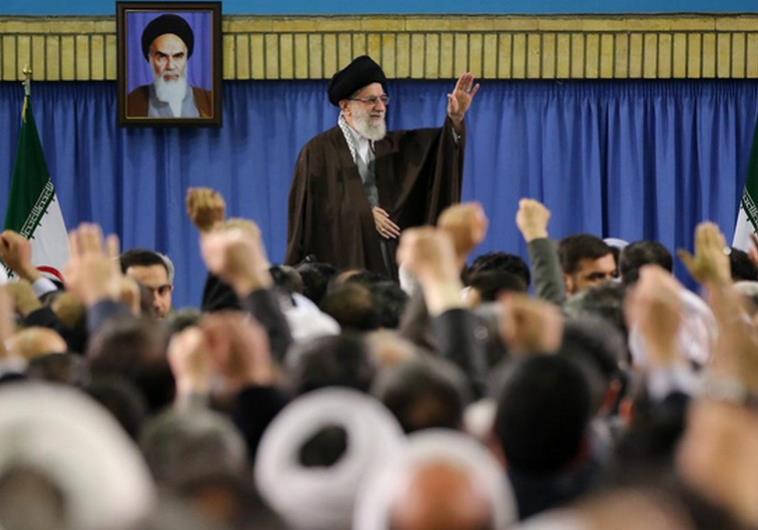In the early days of my postgraduate university studies in London, I had a decent and frank Bahraini friend and colleague; he was a cultured and diligent researcher. This was during the time of the Iran–Iraq War, which naturally formed one of our main concerns.
One day, while discussing the war with my Bahraini friend in the college coffee bar, I expressed my surprise that Syria’s President Hafez Assad was siding with Iran against Iraq. My friend smiled and replied: “Actually, I find your ‘surprise’ surprising,” adding that “Hafez Assad is an Alawite, i.e. Shiite, and so is the Iranian regime, while Iraq’s political and security leadership is Sunni; thus it is obvious that Assad should back Iran.” Naïvely I interjected, “but what about the ties of blood, language, history, and geographical proximity, let alone the common Baath party affiliation?”To this, his reply was more decisive and came with a wider smile: “No, brother, the true political identity (in our part of the world) is decided by one’s religious sect, and anything else is just talk. Assad knows this is true and behaves accordingly.” He then said that “Iran’s revolution is a ‘decisive junction’ in our region, it is to our benefit and thus we must back it!”That discussion opened my eyes and mind to the fact that there were several political trends and currents that blabber and lecture about Arabism, nationalist struggle, and common destiny day and night, without really meaning what they utter.
With regard to Lebanon, the reality of the country’s Shiites was essentially quite far from the image drawn for them by Khomeini’s Iran, and later imposed on them by it through Hezbollah. Lebanon’s Shiites lived in different socioeconomic environments at least until the 1950s and early 1960s. South Lebanon was basically a land of village-based agricultural feudalism, while Northern Beqaa was dominated by a clan/tribal structure. As for the Shiites of Mount Lebanon, most of those primarily living in the Byblos district and Southern Metn coastal areas are very much part of the local socioeconomic scene. Ideologically, the Shiites of present-day Lebanon produced formidable nationalist figures on both the Lebanese and Arab levels.What we need to underline is that Iran launched its plan for regional hegemony through founding subservient sectarian militias, whose only allegiance was for the velayat-e-faqih and which is openly at odds with other constituent communities in each respective country. The first task entrusted to each of these militias was to impose full control over its own local Shiite community; the second, to mobilize the community, incite sectarian friction, and sow the seeds of confrontation; and third, to invite either foreign intervention or start an open-ended civil war.In Lebanon, Tehran founded Hezbollah. In Syria it supported the security-based Alawite establishment and later used some Alawites like Jamil Al-Assad (Hafez’s brother and Bashar’s uncle) to help enhance the Ja’afari Shiite presence in the country under the Assad regime’s blessing. In Iraq it founded the Da’wah party and other similar organizations. Last but not the least, in Yemen, Tehran sponsored and exploited the Houthi movement.
However, the irony in the above is that while the Da’wah party and other pro-Tehran Iraqi Shiite organizations have never hesitated in building close relations with Washington and its “neocons,” Hezbollah virtually monopolized the “Death to America” and “Death to Israel” slogans, claiming to be obsessed with the “Liberation of Palestine.” Today, the Hezbollah-backed Houthis are pleading with Washington to subcontract them in the fight against Al-Qaeda in in the Arabian Peninsula (AQAP), while what remains of the former “rejectionist” Assad regime in Syria has been busy alerting the West that it is its trusted agent in the fight against the Islamic State (IS).
Yes, Iran through its subservient armed henchmen subjugated and “occupied” the Shiite communities in their respective Arab countries. Then, only after making sure its “occupation” grip was firm enough, it moved forward to subjugate other communities and occupy whole countries by force, as part of its strategy of regional hegemony. The aim of Tehran’s leaders is to use this “on the ground” reality as a bargaining chip in the “grand bargain” with Israel and the international community led by the US. This is what I remember vividly in Lebanon when Hezbollah imposed itself on the Lebanese Shiites, sequestrating their patriotism, silencing their voices, eliminating their leaders, and breaking the backs and wills of their free dissenters. After finishing with the Shiites it occupied and controlled the whole of Lebanon in 2008. Last week, when Hassan Nasrallah, yet again spoke to his partisans under the motto of “loyalty to Yemen’s brave and honorable people,” he did just one thing: He uncovered the last mask being worn to bluff the Lebanese, the Arabs and Muslims all over the world. He revealed that he was nothing but a tiny detail in a full-fledged regional master plan. His role there is simply to follow orders, just like any other soldier in the army of the velayat-e-faqih.


















